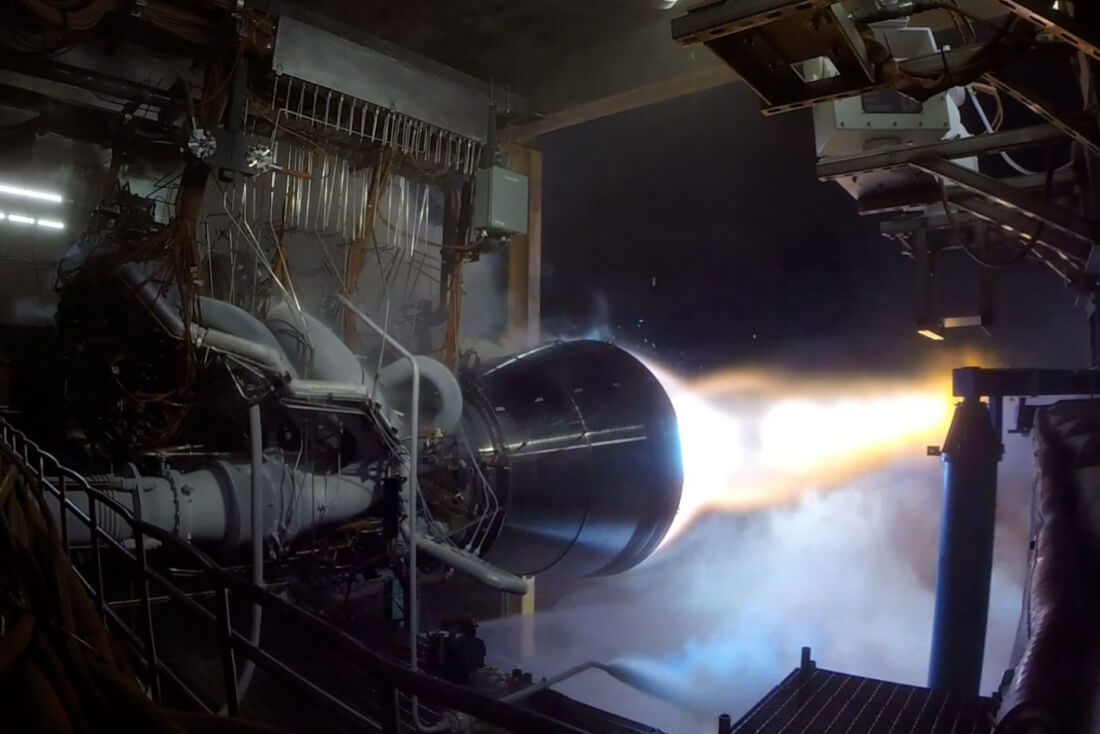
Jeff Bezos has been pumping money into his rocket company Blue Origin, but besides some media photos and mission plans, there hasn't been much to show for it. This week was the company's first real debut: a hot-fire test of their new BE-4 rocket engine. The test was only at 50% power and only ran for three seconds, but it brings Blue Origin one step closer to a real space launch.
First hotfire of our BE-4 engine is a success #GradatimFerociter pic.twitter.com/xuotdzfDjF
— Blue Origin (@blueorigin) October 19, 2017
This engine is fueled by liquid natural gas, a propellant not often used in the aerospace industry. This has other companies as well as the military interested because the technology is completely reusable and was produced with private funding. Most aerospace projects have been funded by government grants which ultimately means taxpayer dollars. The fact that Blue Origin and SpaceX have been able to achieve this level of success has many in the industry excited.
The BE-4 can deliver up to 550,000 pounds of thrust which makes it the most powerful rocket engine built in the last two decades. This puts it above SpaceX's current Merlin engine at 190,000lbs and their future Raptor engine at 380,000lbs.
The US military and United Launch Alliance, who fly the Atlas V and Delta IV rockets, have been looking for a replacement for the current Russian-designed engine technology. Their upcoming Vulcan rocket will likely be powered by the BE-4 engine.
This week's test shows Blue Origin's resiliency following a launchpad explosion back in May. It also serves to verify their commitment of making commercial space travel viable.
https://www.techspot.com/news/71496-blue-origin-successfully-tests-their-rocket-engine-first.html